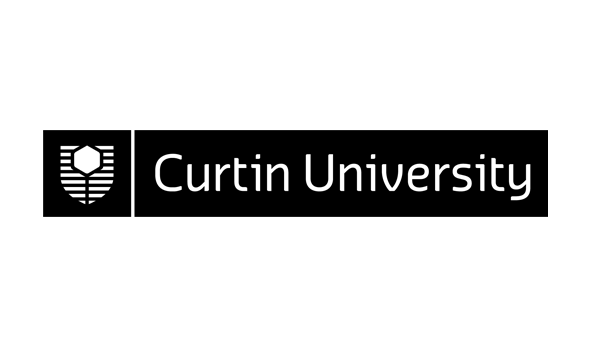308918 v.2 Graduate Diploma in Mineral Exploration Geoscience
GradDipMinExplGeoSc(Curtin)
This course is not available to International Onshore Students on Student Visas
Introduction
Aimed at non-geologists who want to acquire a basic understanding of the processes and techniques used by geologists and others in exploring for and evaluating mineral deposits. Topics include geological terminology, descriptions of ore bodies, exploration techniques including geophysics and geochemistry, as well as drilling and resource estimation techniques.
Course Entry Requirements/Prerequisites
A three-year degree from a recognised tertiary institution.
Recognition of Prior Learning
Applications for recognition of prior learning are encouraged from applicants and are assessed on an individual basis. Special consideration will be given to geoscience graduates with associate degrees or diplomas and several years of industry experience.
Duration and Availability
Available on a part-time basis externally only.
Course Organisation
First year units consist of an introduction to geological concepts and resource geology, with a field component on geology and maps. Also covers applied geochemistry, metallic mineral deposits and industrial minerals plus fossil fuels. Second year unitsintroduce applied geophysics and resource estimation, and involve a second field-based unit, mining and exploration geology. The final semester is composed of the mining industry project. Theoretical material will be delivered externally on CD ROM with support via WebCT. The practical component will be delivered online, using mail-out kits and during field-based sessions.
Career Opportunities
Economics and accounting graduates taking this course may find employment with stockbroking firms specialising in commodities, or in resource company administration. Science and information technology graduates may be in a position to work in geology-related fields, given an anticipated shortfall in traditional geology graduates in coming years.
Additional Course Expenses
Students may be expected to purchase a number of textbooks, readers and other essential study materials. Students are responsible for their own accommodation and food costs during field camps.
Course Structure Disclaimer
Curtin University reserves the right to alter the internal composition of any course to ensure learning outcomes retain maximum relevance. Any changes to the internal composition of a course will protect the right of students to complete the course within the normal timeframe and will not result in additional cost to students through a requirement to undertake additional units.
| Course Structure | Hrs/Wk | Credit | |||
|---|---|---|---|---|---|
| Year 1 Semester 1 | |||||
| 308919 | v.2 | Geological Concepts 511 | 5.0 | 25.0 | |
| 308920 | v.2 | Resource Geology 511 | 5.0 | 12.5 | |
| 308921 | v.2 | Field Geology and Maps 517 | 40.0 | 12.5 | |
| 50.0 | |||||
| Year 1 Semester 2 | |||||
| 308922 | v.2 | Applied Geochemistry 512 | 5.0 | 25.0 | |
| 308923 | v.2 | Metallic Mineral Deposits 512 | 3.0 | 12.5 | |
| 308924 | v.2 | Industrial Minerals and Fossil Fuels 512 | 3.0 | 12.5 | |
| 50.0 | |||||
| Year 2 Semester 1 | |||||
| 308925 | v.2 | Applied Geophysics 511 | 5.0 | 25.0 | |
| 308926 | v.2 | Resource Estimation 511 | 3.0 | 12.5 | |
| 308927 | v.2 | Mining and Exploration Geology 511 | 40.0 | 12.5 | |
| 50.0 | |||||
| Year 2 Semester 2 | |||||
| 308928 | v.2 | Mining Industry Project 512 | 8.0 | 50.0 | |
| 50.0 | |||||

